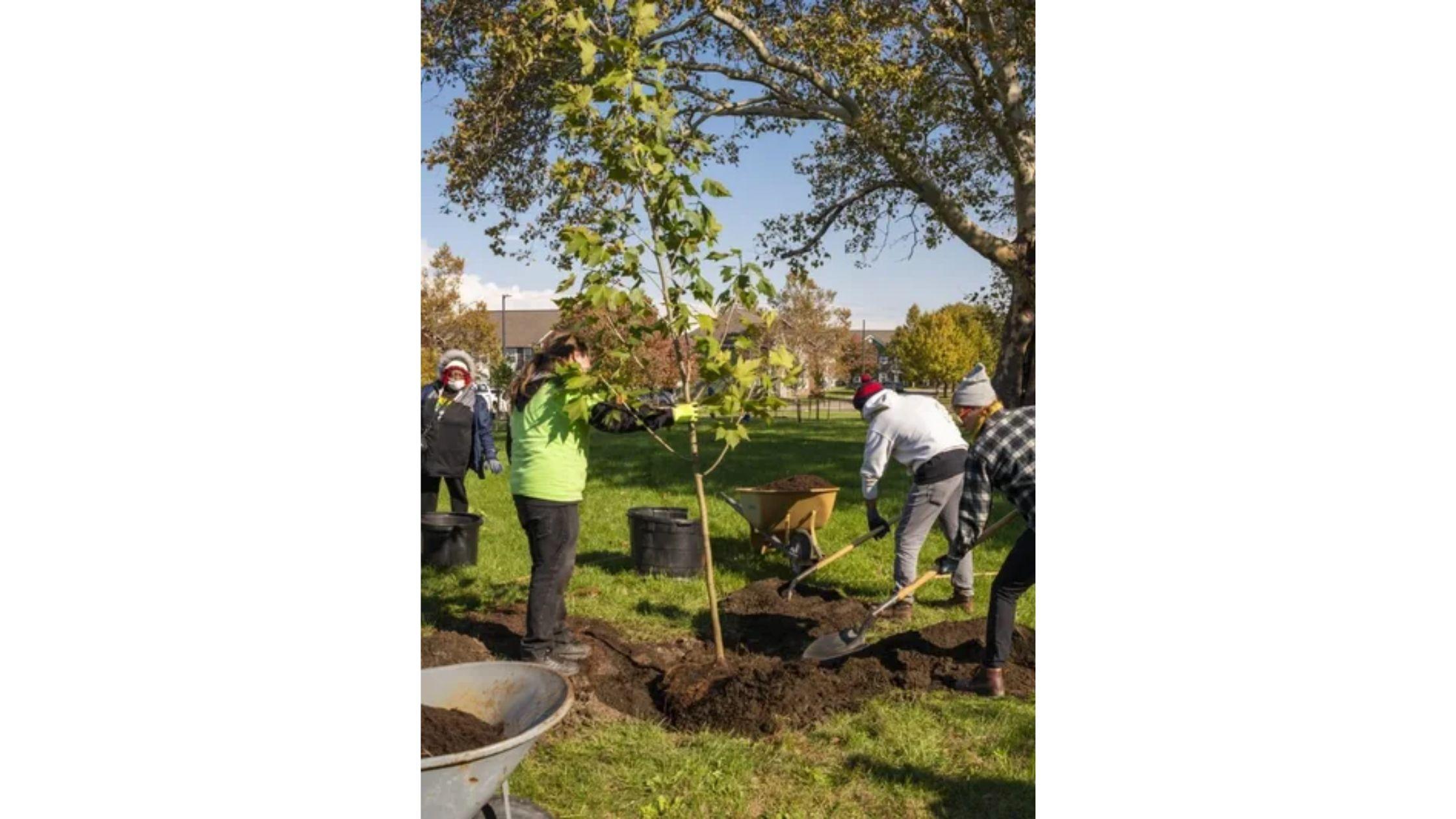What to Do When Storms Leave Damaged Trees Behind

Storms can change the look of a yard in a single night. Strong winds twist branches, heavy snow weighs trees down, and rain can loosen the soil around roots. What was once a healthy tree may now be leaning, cracked, or split apart. For many homeowners, the damage looks overwhelming. It is not only about cleaning the mess but also about keeping the property safe and helping trees recover. Some turn to the Best Tree Fertilization Services later, but the first response right after the storm matters most.
A fallen tree or broken branch can cause more harm than the storm itself. Windows shatter, cars are crushed, and power lines can be pulled down. Even trees that remain standing may still pose risks. Acting quickly and making smart choices can mean the difference between recovery and costly damage.
Checking for Hazards First
The first task after a storm is to check for safety. Look from a distance before walking through the yard. Branches that look stable may still fall. A trunk that leans slightly could give way with the next gust of wind.
Never go near downed power lines. Always wait until utility crews confirm that the area is safe. If a tree has landed on a roof or car, avoid standing beneath it. The weight of broken branches can shift suddenly.
Taking photos of the damage is useful. It helps for insurance claims and also gives tree experts a clear picture of what happened.
Knowing the Difference Between Light and Heavy Damage
Not every tree hit by a storm is lost. Some will heal on their own with the right care. Others are too damaged to recover. Knowing the difference saves both time and money.
Minor damage includes small branches broken at the tips or light scarring on bark. These trees usually recover within a season. With proper pruning, they can grow stronger.
Major damage is different. A tree split down the trunk, roots pulled out of the soil, or a canopy stripped of most branches is often too weak to save. These cases usually call for removal. The Best Tree Pruning Services can guide which trees to keep and which to take down.
Why Quick Removal Prevents Bigger Problems
A broken branch does not always fall right away. It may hang for days or weeks, ready to drop at any time. These “hangers” are one of the greatest risks after a storm. They can fall on cars, fences, or people without warning.
Leaving damaged trees too long can also invite decay. Fungi and insects move into open wounds and speed up the decline. What could have been a healthy tree with quick care may soon need to be removed completely.
Prompt removal or repair prevents these problems. It also keeps the yard safe for children and pets.
Helping Trees Recover After Damage
Even if a tree survives the storm, recovery takes effort. Damaged bark and branches leave the tree open to pests and disease. Stress also slows growth and weakens roots.
A recovery plan often includes pruning, soil care, and steady watering. Feeding the soil helps the roots regain strength. Balanced pruning shapes the canopy and reduces weight on weakened sections. Over time, the tree regains stability and health.
Storms also compact soil, which limits water flow. Loosening the soil and adding nutrients can help roots breathe again. With the right care, even stressed trees can make a full recovery.
Why Ongoing Tree Care Matters
Storm damage highlights the need for regular care. Trees that are pruned, shaped, and inspected often suffer less harm in severe weather. Weak branches are removed before they break. Canopies are balanced, reducing the chance of toppling.
A routine inspection also spots early signs of disease. Treating problems before storms strike makes trees stronger. It also means less clean-up and fewer costs after severe weather.
For homeowners in areas with harsh winters and summer storms, booking regular service is a smart step. It keeps trees healthy year-round and reduces risks when the weather turns rough.
The Role of Emergency Services
Sometimes damage cannot wait for a regular appointment. A tree may block a driveway, lean against a roof, or tangle with power lines. In these moments, calling for emergency tree service in Orangeville is the fastest way to restore safety.
These crews respond quickly, often within hours. They bring cranes, wood chippers, and trained staff to clear the hazard. Their work goes beyond removal. They also guide the next steps for recovery and safety. Having a number to call gives peace of mind during storm season.
Conclusion
Storms leave lasting effects on trees and yards. They turn strong branches into hazards and put homes at risk. Acting fast and making smart choices protect both property and people. Careful inspection, safe removal, and proper recovery steps are all part of the process. Quick response and expert care keep trees healthier and reduce costs down the road.
Good Feller Tree Care provides trusted help for homeowners dealing with storm-damaged trees. Their team handles every stage, from emergency response to long-term recovery. They remove dangerous limbs, prune for future growth, and restore soil health after stress. With expert tools and skill, they make yards safe again and give trees the best chance to recover. Homeowners who choose Good Feller Tree Care know they are working with a team that values safety, strength, and lasting results for every yard.






